Amsterdam: Fourth in our ranking

More than 2 million foreigners live in the Netherlands and Amsterdam is the main city they choose as a destination because of its many advantages. Although it is a very touristy capital, this has not prevented it from also welcoming a large number of people and families from other countries who have decided to move here for the quality of life or for work reasons.
Amsterdam ranks fourth in our survey results and stands out above all in categories such as international connections, climate, safety and leisure. It ranks ahead of Berlin and Barcelona and is only behind such reputable cities as Copenhagen and Madrid.
Amsterdam, as the capital of the Netherlands, is also one of the most highly rated cities in Europe for those looking for a new place to live. Its networked and well-kept canal system, its unique layout of houses and the way it keeps alive the image of the 17th century city make it a well-received destination in many respects.
It is also one of the European cities with the best balance between categories. Although in our survey it did not occupy any top positions in the different categories, it has been awarded a place in many of the top 10 lists. This is not an easy thing to do and demonstrates the great respect and interest in the city among the thousands of people who responded to our survey.
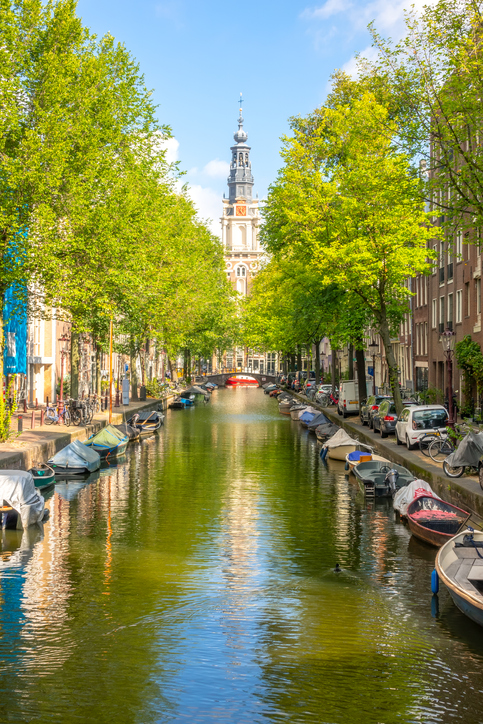
Living in Amsterdam means staying within a stable climate as far as the seasons are concerned. Summers are mild, with no sweltering heat or trouble sleeping at night, while in winter the temperature does not drop as much as in other parts of Europe. What does occur frequently in winter is rain, and there are also strong winds. This makes it difficult to go outside on some days, according to respondents.
In addition, they indicate that rainfall can also occur between spring and autumn, with some instability on specific days, which means that it is important to plan all activities carefully. There may even be specific periods when temperatures drop lower than usual, which is particularly likely to occur in winter.
In our survey it received enough votes to be ranked eighth in the top, but lagging behind cities with better overall weather such as Barcelona, Paris and Milan.
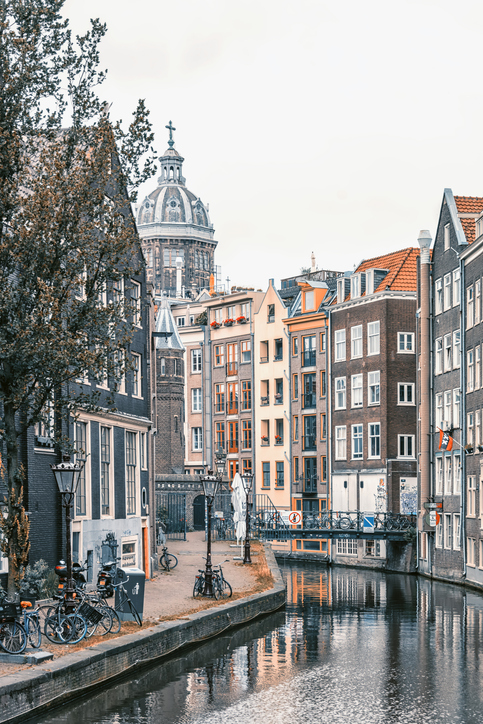
Amsterdam has a good public transport connection system, but in the eyes of the respondents it is not as well structured as in other cities, nor is it as efficient. For this reason, it did not receive enough support from our respondents to make it into the top 10 in this category. Unlike cities such as Madrid, Berlin or Milan, Amsterdam suffers from having a transport system that may satisfy tourists, but is not as convenient for residents.
A good example of this is that its main transport system is the tram, which is designed to stop at tourist destinations and less adequately meets the needs of citizens.
At the same time, respondents mentioned that those who use bicycles and can cover the distances they need to cover by bicycle will find it the best system for getting to and from work. On the cost of transport, they also mention a wide range of fares and vouchers, but mainly concentrate on offering them to tourists.
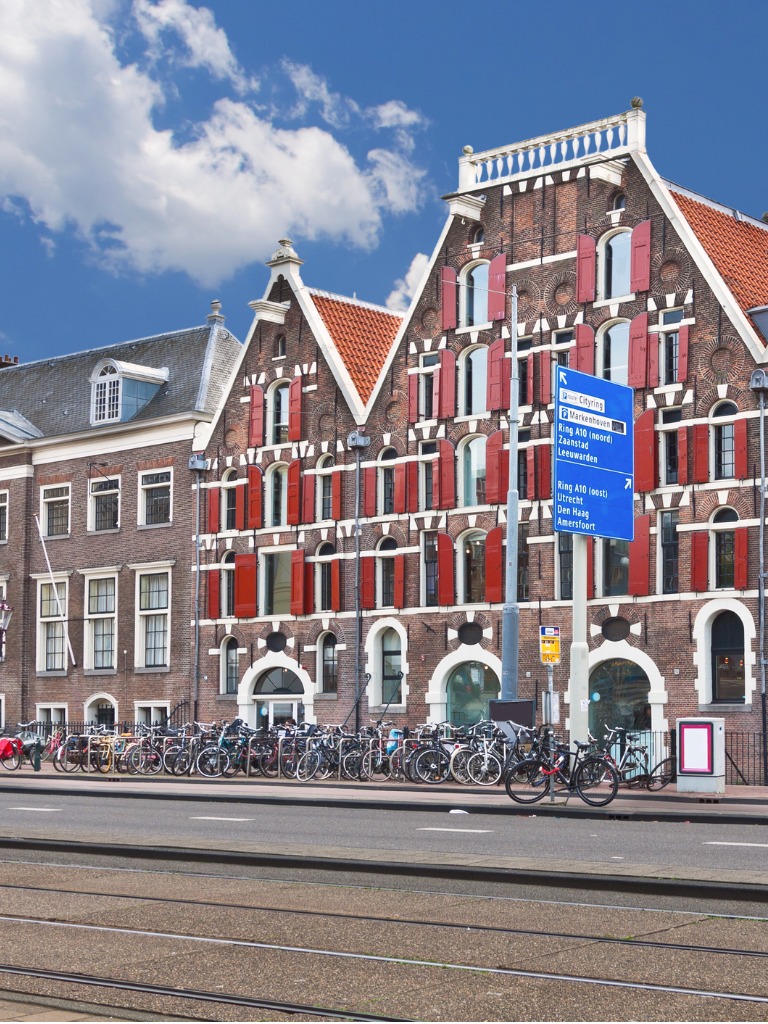
The capital of the Netherlands enters the top 10 of Europe’s best cities for education only by a whisker in last place. That the city has fallen so far down the list is due to the uneven selection of schools and universities within the city. Above all, one of the difficulties for many people who come to Amsterdam is to choose a school for their children if they are not interested in taking them to a religious school.
The reason for this is that many of the schools are religiously based, divided between Catholic, Protestant and increasingly also Islamic schools. Apart from this, there are two universities: the University of Amsterdam and the Vrije Universiteit Amsterdam.
There are also international institutions, which tend to be the most popular choice for residents of other countries who want their children to study while maintaining the philosophy and values of their home countries. These include the British School of Amsterdam for British students, the Lycée Vincent van Gogh La Haye-Amsterdam for French students and the Japanese School of Amsterdam for Japanese students. There are also international schools that bring together different cultures and nationalities, such as the Amsterdam International Community or the International School of Amsterdam.

In general, the cuisine of the Netherlands is not the most popular in Europe, mainly because it uses a potato base as a main ingredient and this does not always make for delicious recipes. Although there are dishes that stand out and taste good, overall the variety and quality of Amsterdam’s cuisine is not the best in Europe, as evidenced by its failure to make the top 10 in our survey.
Cities such as Copenhagen, Madrid, Lisbon and Prague have better gastronomic standards and a greater variety of ingredients and flavours on offer. This is how they have been recognised in the ranking by category. In addition to potatoes, fish also features in most of the most famous recipes. Fish such as salmon, prawns or herring are used in all kinds of recipes that change in terms of flavour or preparation method.
The other mainstay of Amsterdam’s gastronomy is dishes originating from Indonesia, which was a colony of the country and left a great influence on it. Overall, some of the most famous recipes of Amsterdam food are dishes such as raw herring, Dutch pancakes and snert soup. Sweets are also a fundamental part of Amsterdam’s food culture, including Dutch pancakes and the classic stroopwafel.
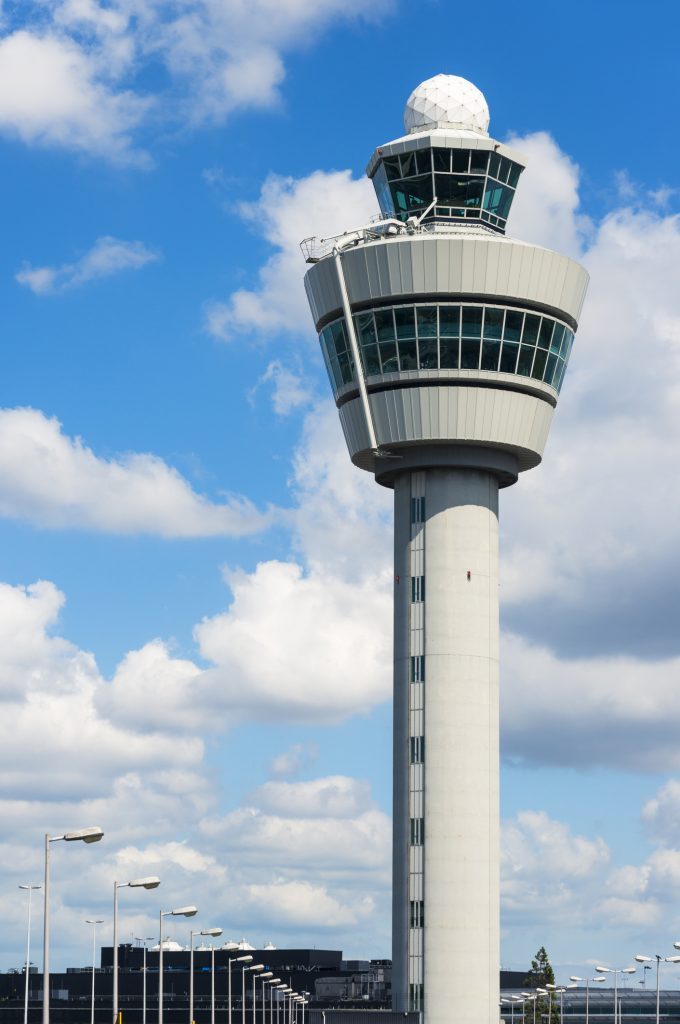
The experience of using the flexible international connections provided by the airport is highly valued. This means that, although thousands and thousands of travellers come together, there are not the problems of traffic jams and long queues that are experienced at airports in other European cities.
As a result, Amsterdam ranks fifth in the results of our survey of more than 25,000 people. It is a well-deserved position as one of the best managed airports in Europe and the fifth busiest airport in the world. That is why so many airlines have their hubs there, and why it attracts an increasing number of flights from all kinds of destinations.
Two negative aspects in particular have been mentioned as reasons why the airport is not higher in the survey results. The first is that communication with the city centre is not as good as elsewhere, as it is separated by a 20-minute train journey. The second is that there is sometimes confusion over its name, as although it is called Amsterdam Airport Schiphol, it is not located at Schiphol, but within Haarlemmermeer.
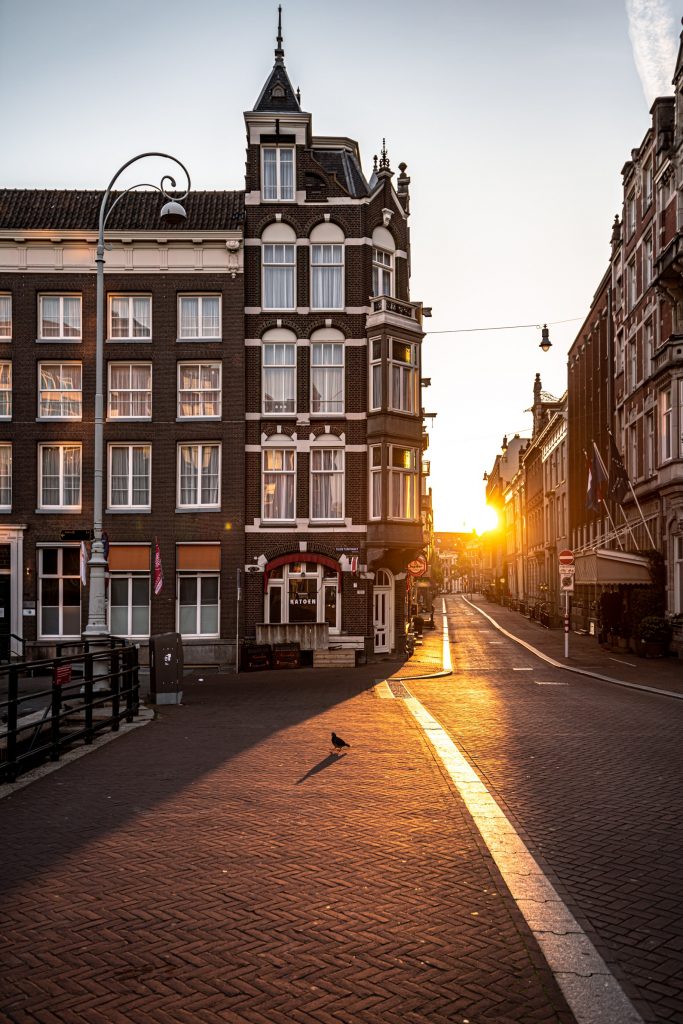
The Amsterdam government has put a lot of effort into making the city safer and leaving behind the problems and incidents of the past. Its work is paying off, as it is already ranked ninth in our survey. At the same time, in recent years it has also been a city chosen by various safety barometers as one of the places in Europe where life can be enjoyed with the lowest level of risk.
Among the main security problems mentioned in the responses to the survey were pickpockets, who take advantage of crowded places to try to steal the belongings of citizens and tourists alike. They often operate in restaurants, monuments and, in particular, on the tram, which is a problem in view of the importance of public transport in the city.
Nightlife in Amsterdam was not perceived as dangerous according to respondents. It is not a place where you have to worry about going out at night, although there are areas to avoid.
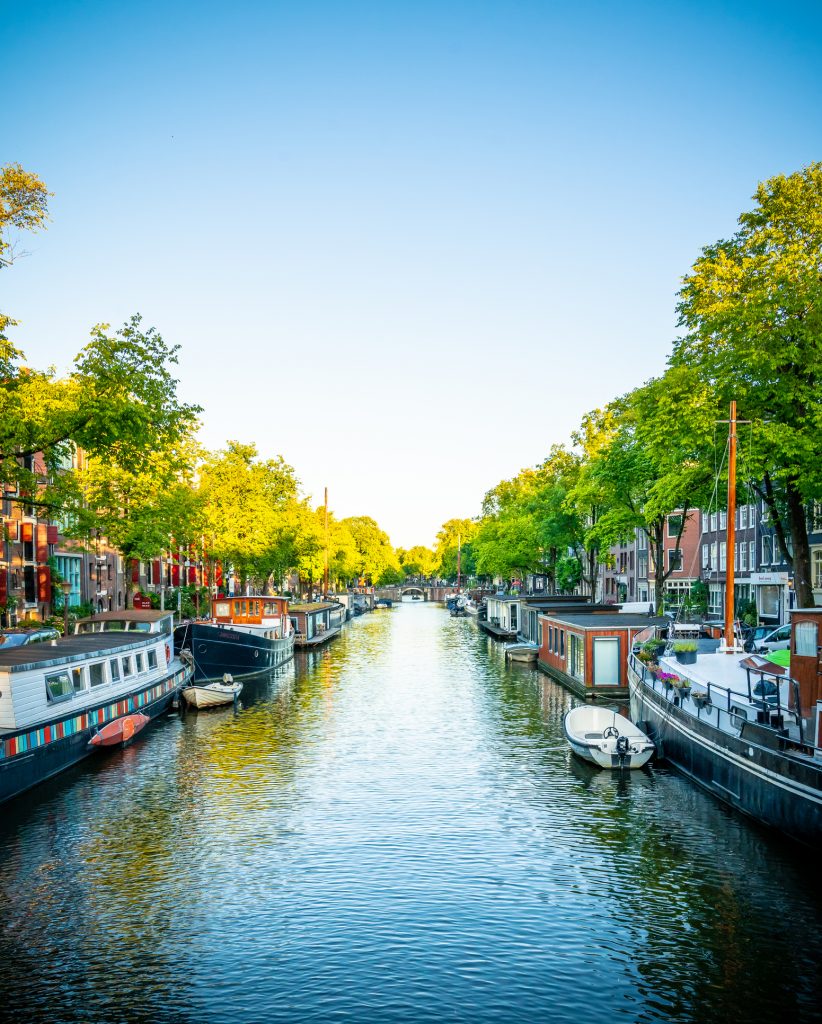
Amsterdam did not make the top 10 sustainability ranking according to the people we surveyed. However, the government of this Dutch city is working on a long-term plan to enable the Dutch capital to regain the titles it received in the past as one of the most sustainable cities in Europe.
By 2030 Amsterdam wants to be free of any toxic emissions, as well as having 80% of its energy production managed through environmentally friendly methods, both solar and wind energy. In addition to that, it will aim to reduce CO2 emissions to record levels well below today’s levels.
By 2024 the use of natural gas will be abandoned and by 2025 the city will be circular, as well as having solar-absorbing roofs across the capital. But all of this is for the future and, as such, it has been left out of our results for now due to the superiority of places like Milan, Barcelona and Paris.
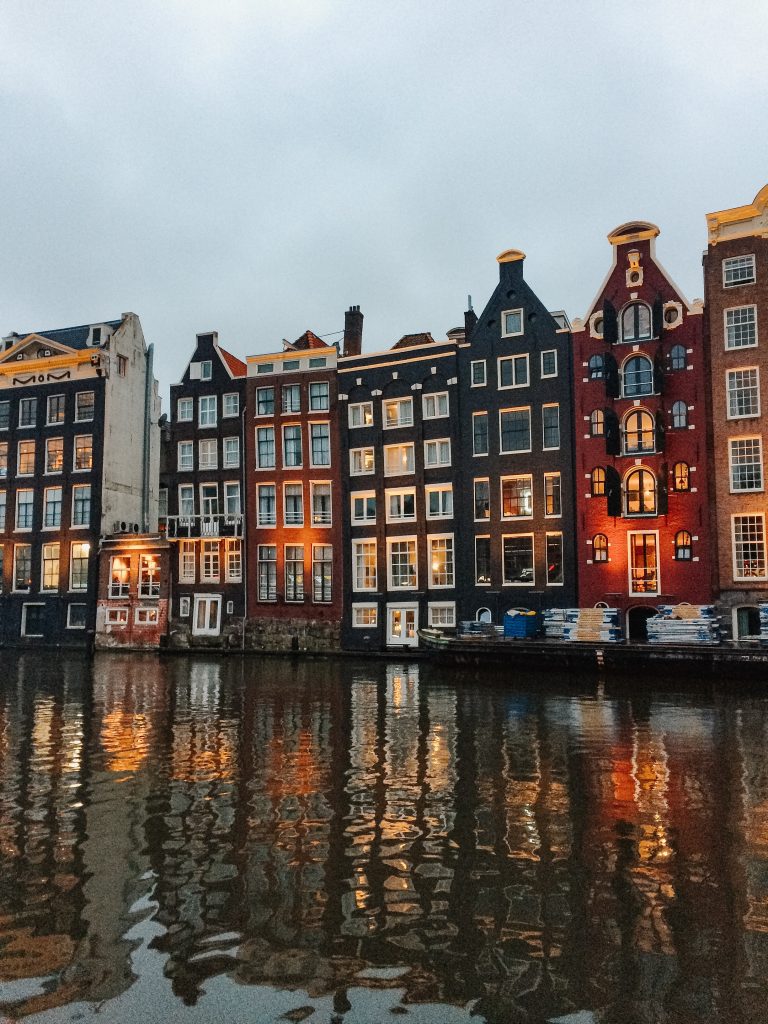
The cost of living in Amsterdam is high, but not as high as many other places in Europe. It is ranked tenth in our survey of thousands of people.
The costs of living in Amsterdam are high in most cases. This is the case, for example, with the rent for housing. Although there is public housing with government-regulated costs, international citizens who have settled in the city do not find it very easy to obtain it and may have to wait for years to get one. The alternative is private housing, where prices are determined by landlords.
Supermarket shopping is also more expensive than in other major European cities, including Lyon, Lisbon and Madrid, which occupy the top three positions in our ranking.
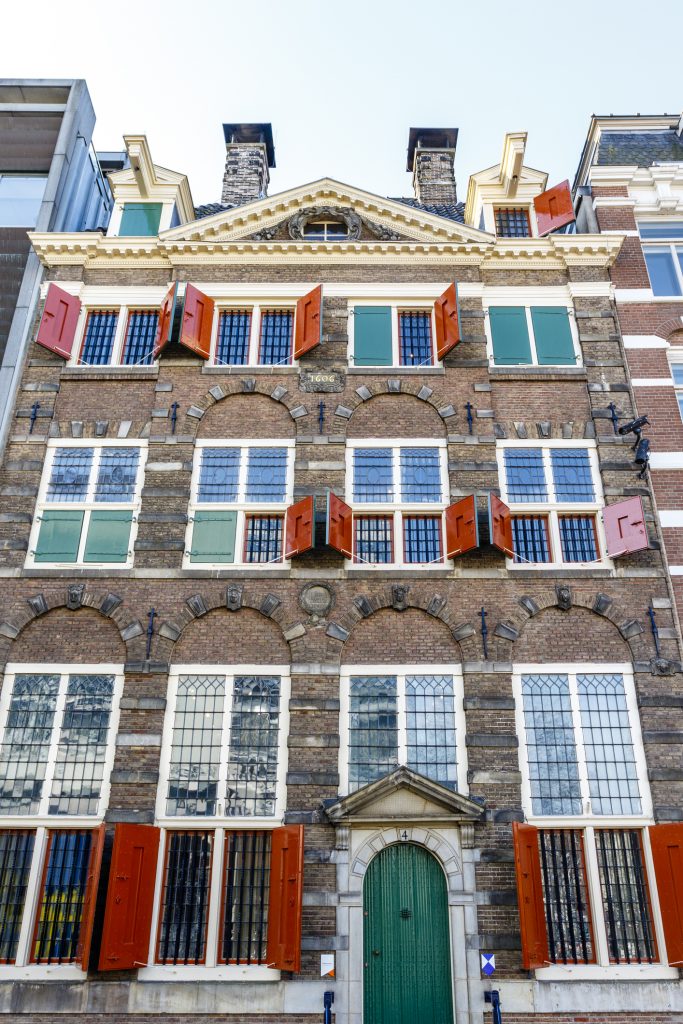
For hundreds of years Amsterdam has been one of the cities with the most cultural presence, being home to theatres and other renowned cultural facilities. Over the ages many of these centres have remained open, although some more traditional venues have reduced their relevance in favour of newer cultural offerings.
In any case, Amsterdam is noted for its museums, with a place known as Museumplein, where many of the city’s most important museums are concentrated. This makes it easy to enjoy cultural sessions with the family. One of the most important museums is the Rijksmuseum, which is dedicated to Dutch art, and the one that focuses on the work of Van Gogh.
Our respondents believe that Amsterdam has a strong cultural value that has helped the city to be ranked eighth on the list. It ranks ahead of Berlin and Rotterdam, but behind Rome, Paris and Madrid. Part of its charm lies in the small museums that complement the more popular ones, such as Anne Frank’s house inside the Rembrandt House Museum.
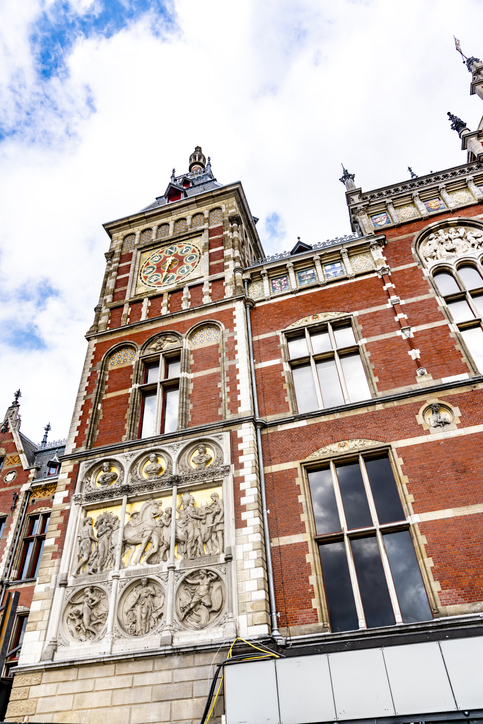
Amsterdam has much more entertainment than can be enjoyed at night. Although the city’s nightlife in places like Rembrandtplein or Leidseplein Square is very active, the capital of the Netherlands offers much more. This is something that has led our respondents to rank it sixth in the ranking of Europe’s best cities for leisure.
Canal cruises always start as a curiosity for tourists, but they also have a presence in the life of the resident, especially in romantic moments. Walks through the city offer guaranteed fun and relaxation, while its many bridges and other attractions ensure that there is always something to do.
With children you can head to the Amsterdam Zoo, the many shopping areas available or even organise a Sunday picnic in Vondelpark. The activities are below those provided by other cities, but overall it’s a good place to enjoy your free time.
